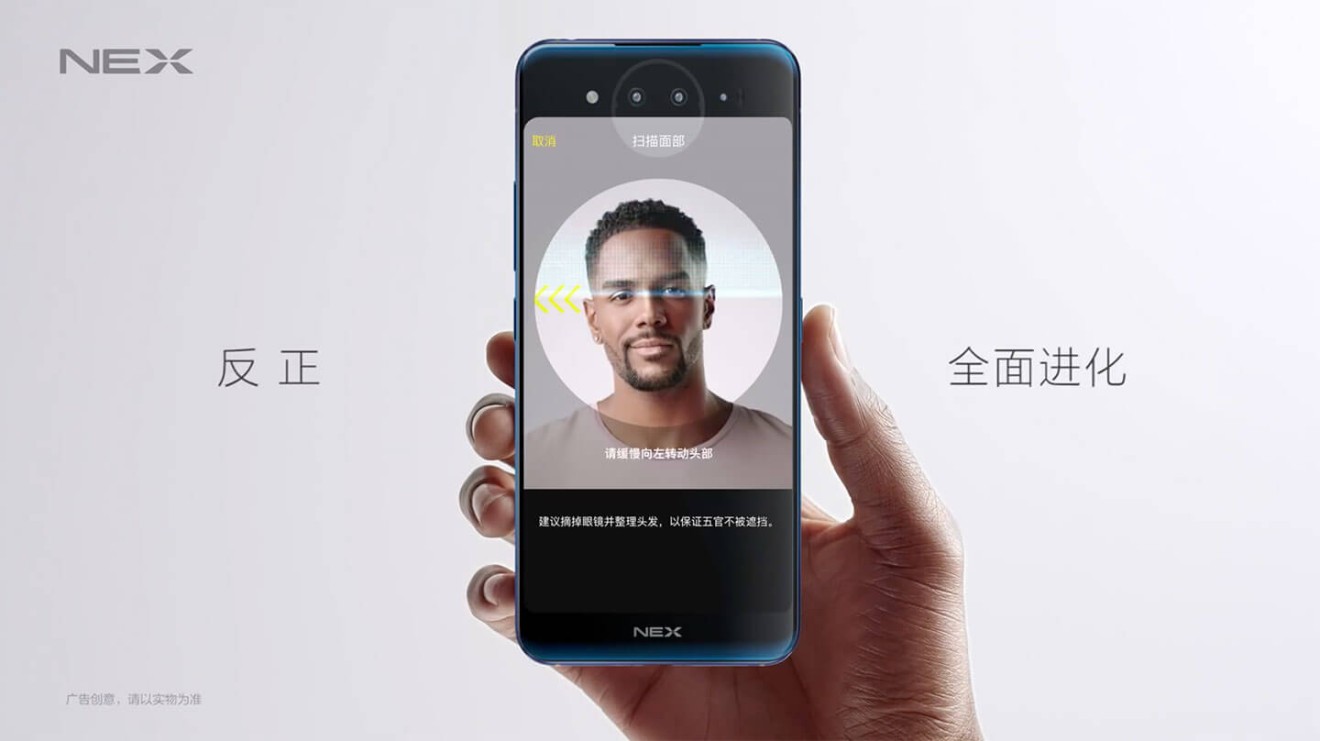
This smartphone maker thinks two screens are better than one
Vivo says the NEX Dual Display Edition helps you become a better photographer and gamer
Meet Vivo, the FIFA World Cup sponsor you’ve never heard of
That means unlike regular smartphones, you have to flip the new NEX around to take selfies. As a feature to show off to your friends, the dual-screen design seems like an instant winner. It’s different from most devices you see out there: There’s no notch, no pop-up camera, and no hole in the screen — but it does have a chin at the bottom.
What else can you do with the back screen? First, there’s a camera feature called Mirror Mode. It turns on both screens at the same time when you’re taking a photo, so people on both sides of the phone can see the frame. Vivo says this feature is best for couples: Say, if you’re filming your girlfriend, she can see herself posing and tell you how to frame the shot.

Next, gamers can assign touch screen controls to the back screen. They act as triggers in shooting games, which Vivo says will make for a better gaming experience. But it’s worth noting that using a rear touchscreen for controls was tried before in the PlayStation Vita, and it didn’t work that well there.

On top of that, Vivo says the back screen works for mobile payment. In China, phone users often pay in shops by letting a merchant scan their personal QR code in payment apps. With the new Vivo NEX, users can bring up the QR code on the back screen while continuing to use other apps in the front screen. (So you don’t have to flip your phone to pay… but you do have to flip for selfies!)

One more thing: The new Vivo NEX comes with 3D face recognition. It has a TOF (time of flight) 3D camera module on the back to scan your face. It seems to be more secure than the facial unlocking found in most Android phones right now. But there’s a bummer: You can only use the back screen for face unlock. The front screen has an in-screen fingerprint sensor instead.

Is that enough to win over users in China? It looks like opinions are split. While some are amazed with Vivo’s design, others think the dual screen is impractical.
The Vivo NEX Dual Display Edition is powered by a Snapdragon 845 processor, and comes with 10GB of RAM, 128GB of storage. The back has a 12-megapixel main shooter with a special-designed flash called “Lunar Ring”. Vivo says it adds a twinkle to a person’s eyes in selfies.
“It looks like a menstrual pad”: Netizens slam ZTE’s wearable smartphone
For more insights into China tech, sign up for our tech newsletters, subscribe to our Inside China Tech podcast, and download the comprehensive 2019 China Internet Report. Also roam China Tech City, an award-winning interactive digital map at our sister site Abacus.
For more insights into China tech, sign up for our tech newsletters, subscribe to our Inside China Tech podcast, and download the comprehensive 2019 China Internet Report. Also roam China Tech City, an award-winning interactive digital map at our sister site Abacus.

